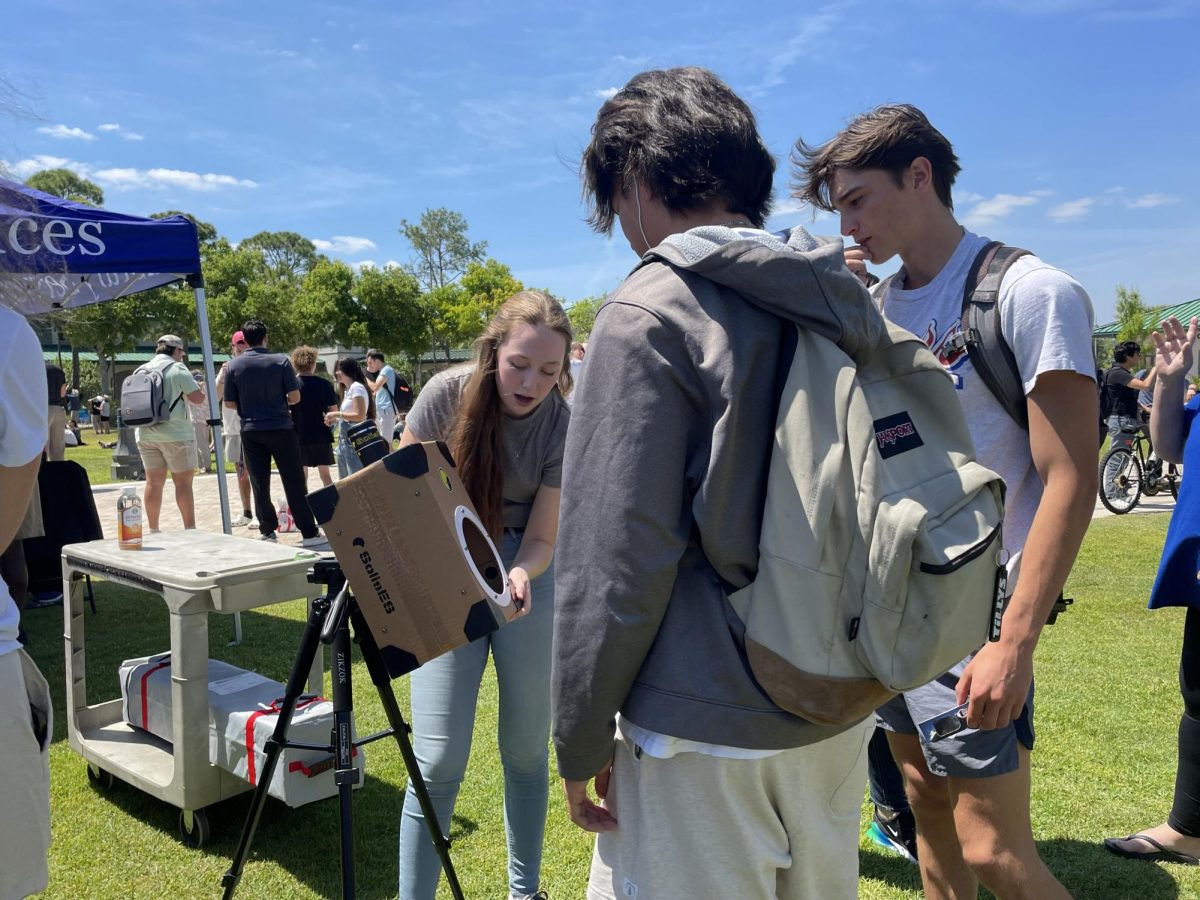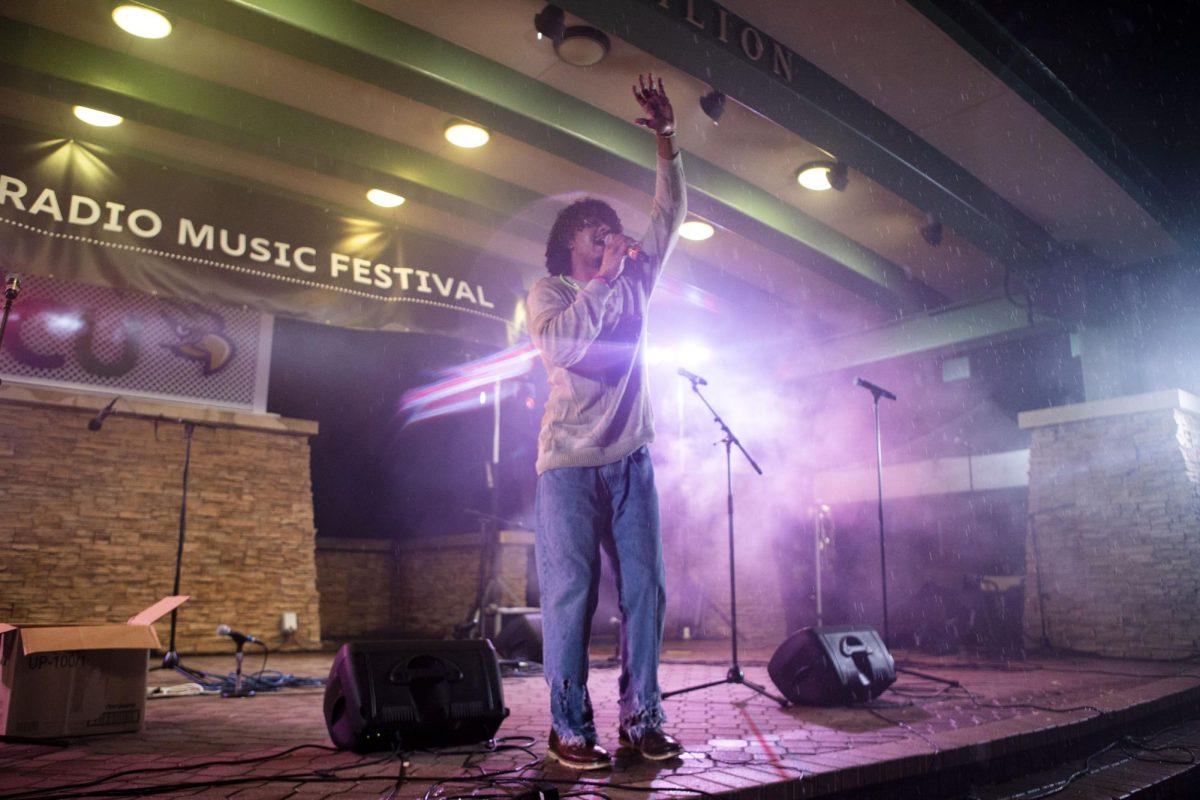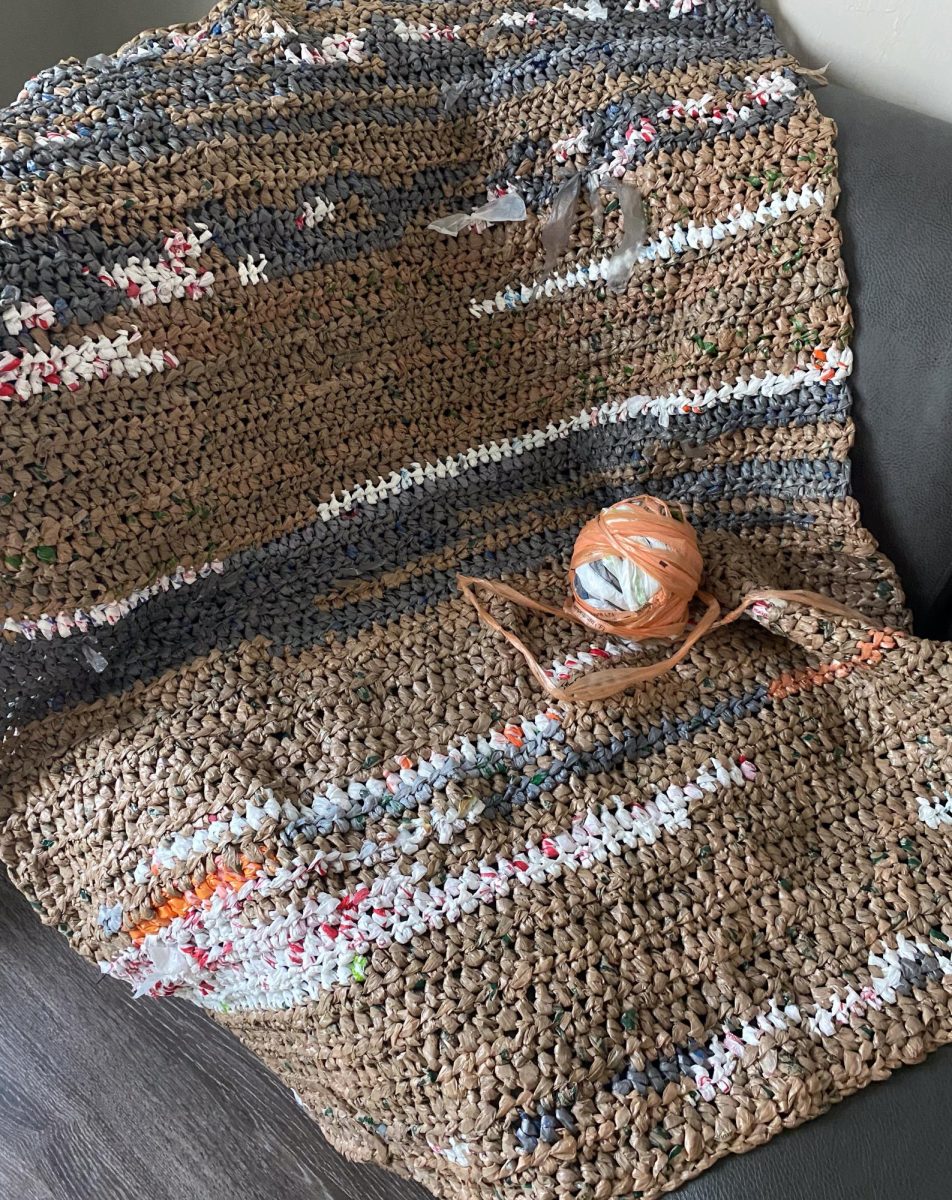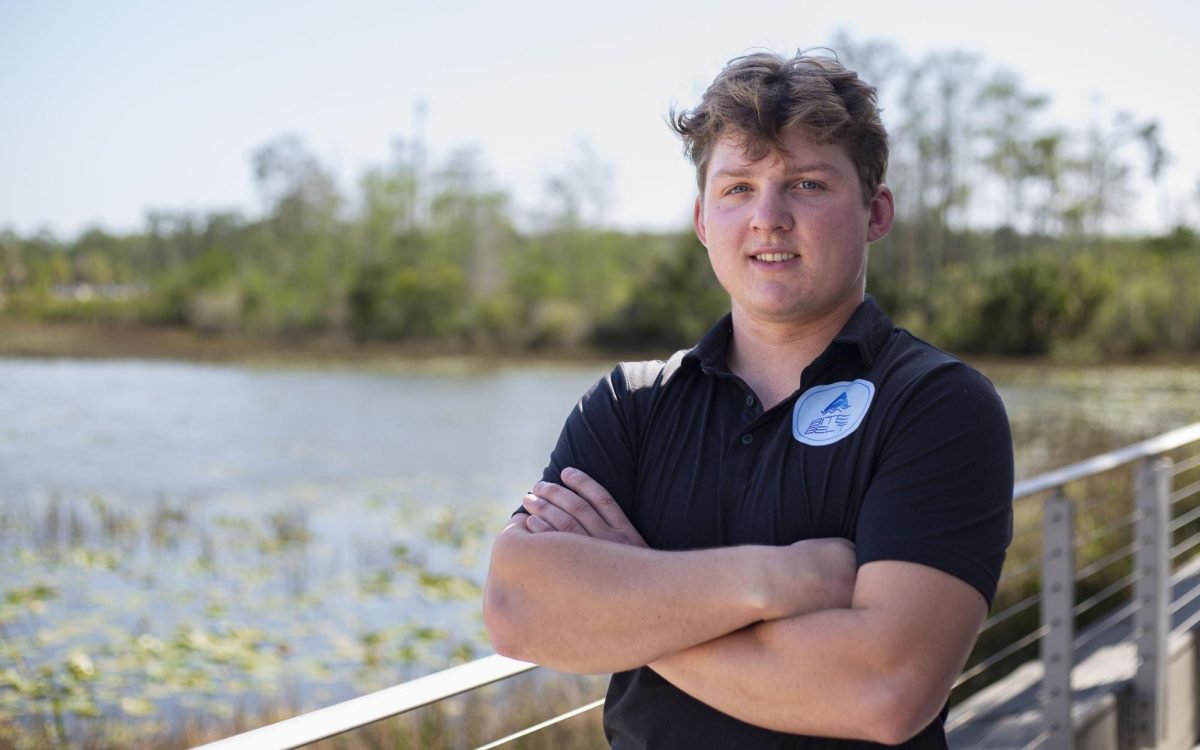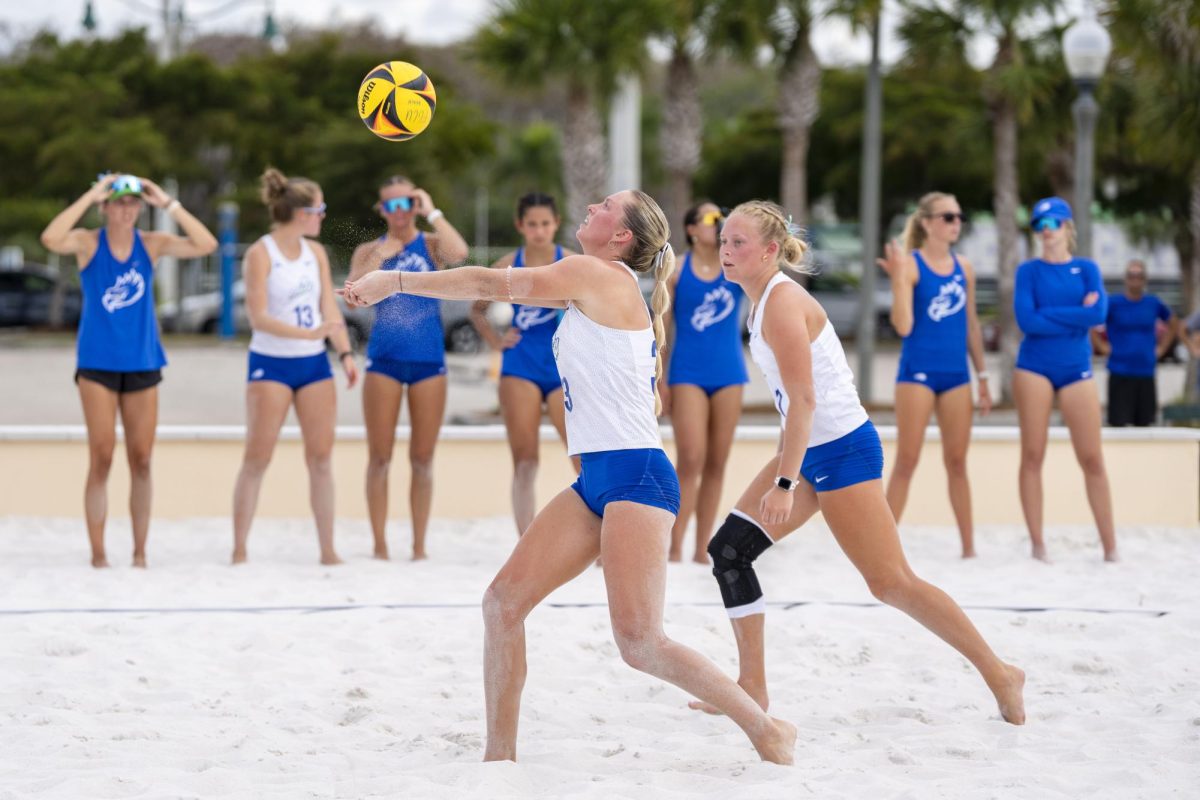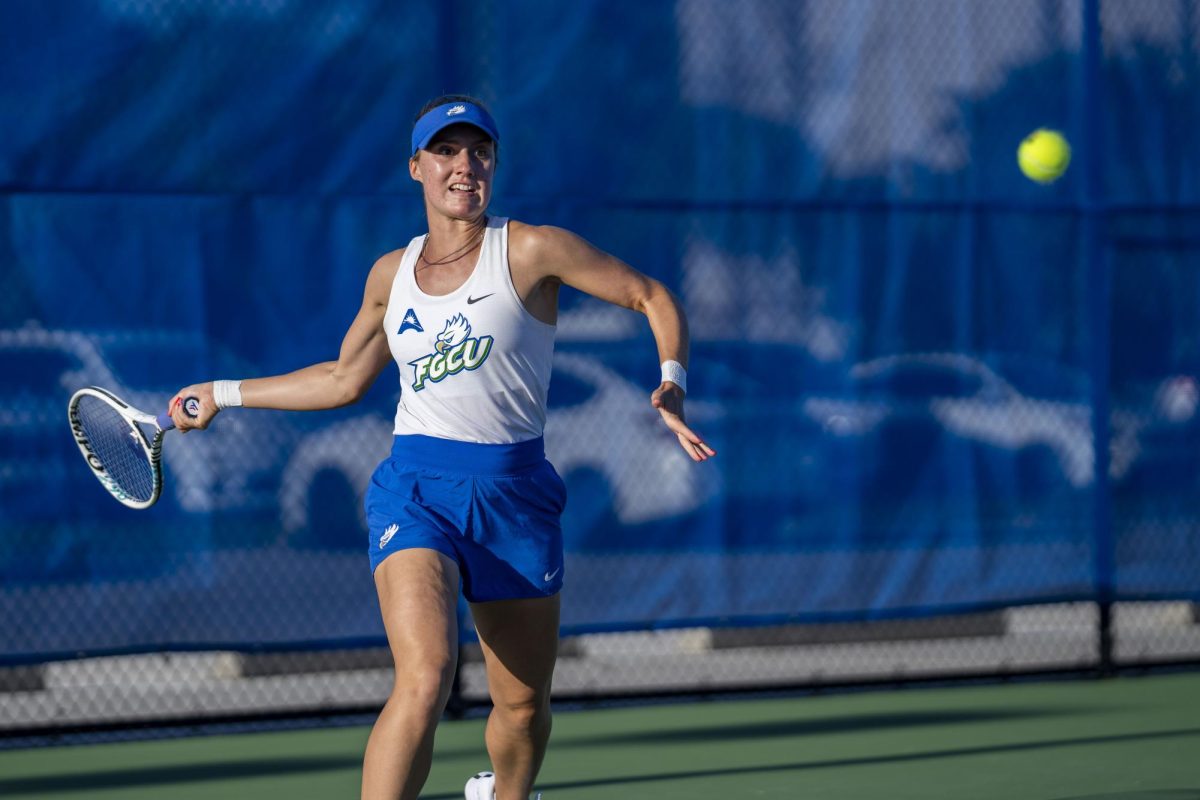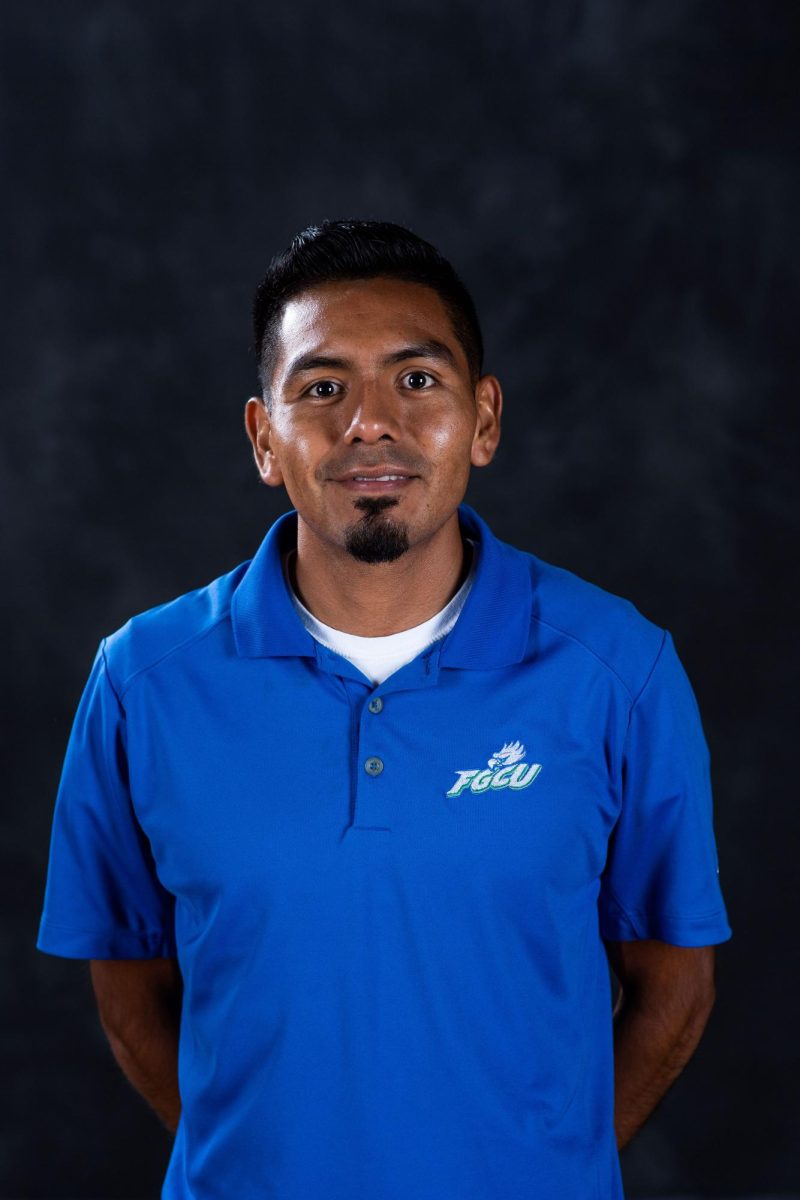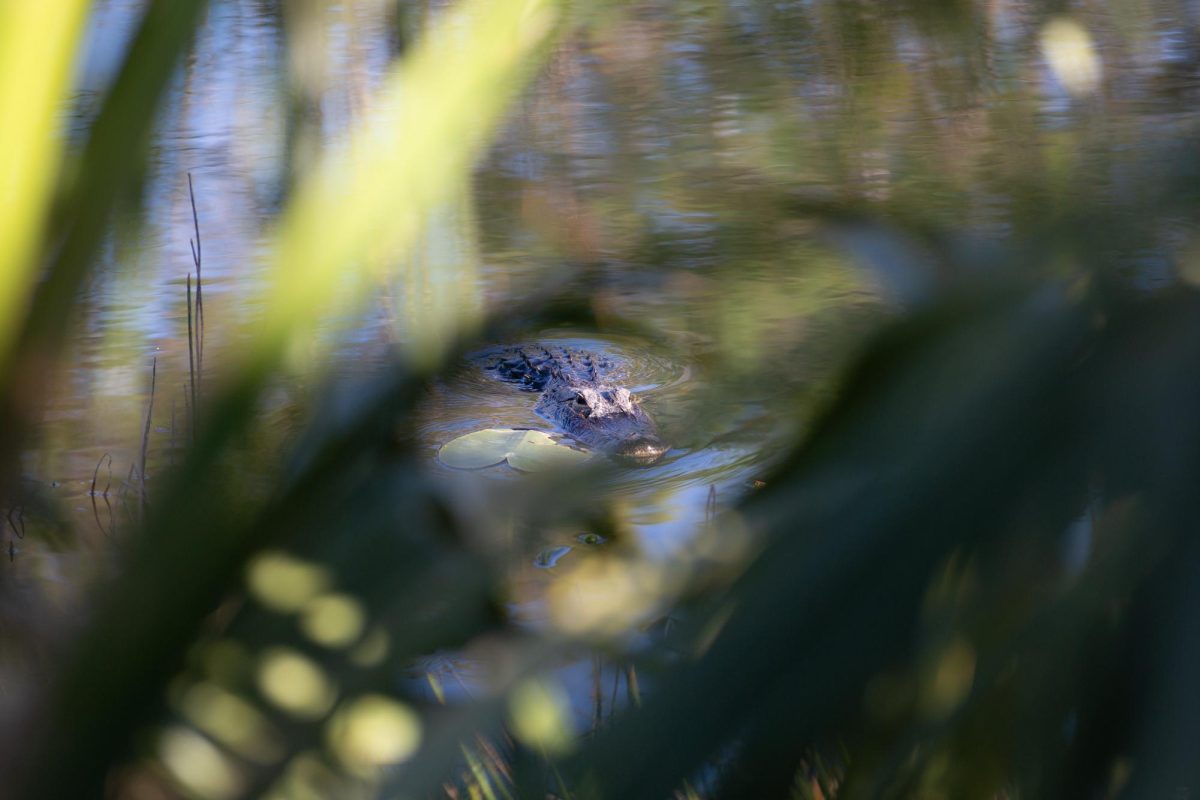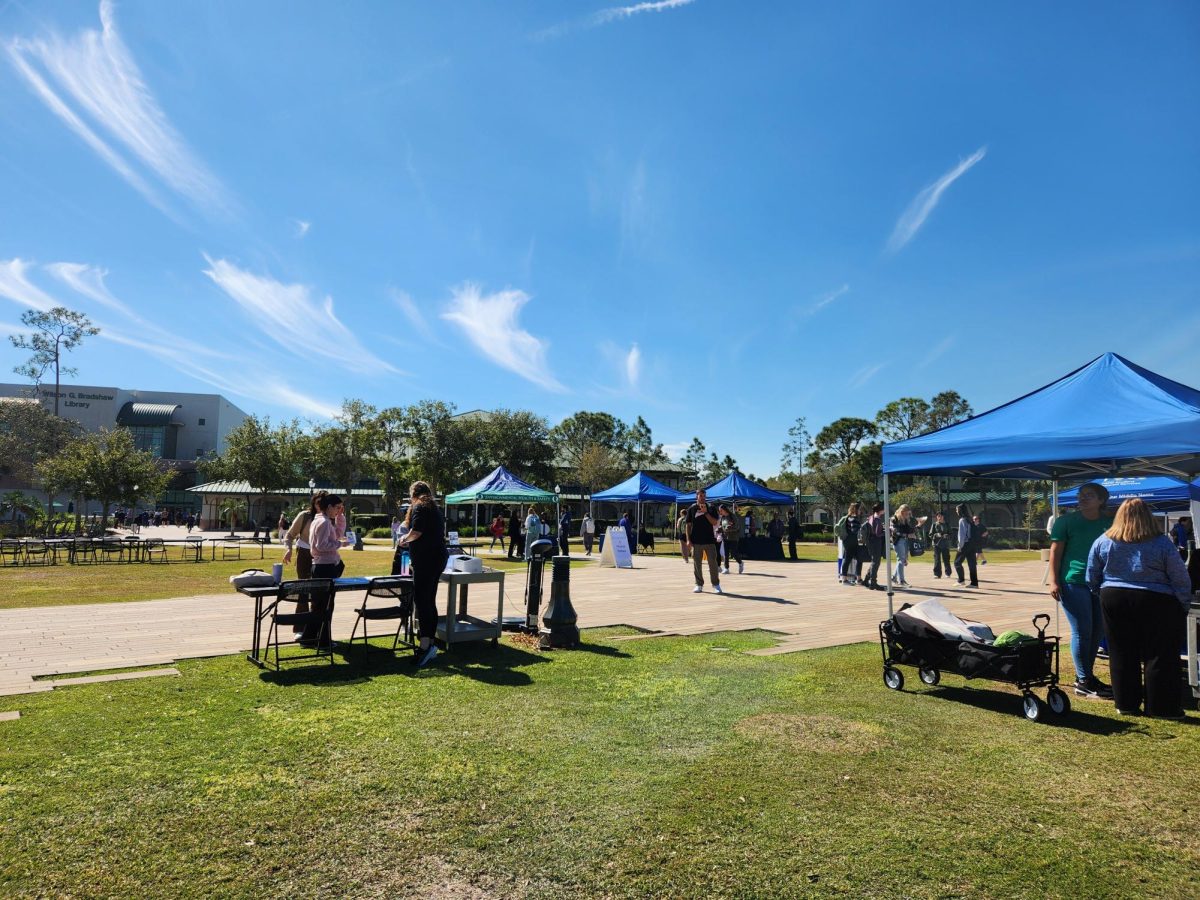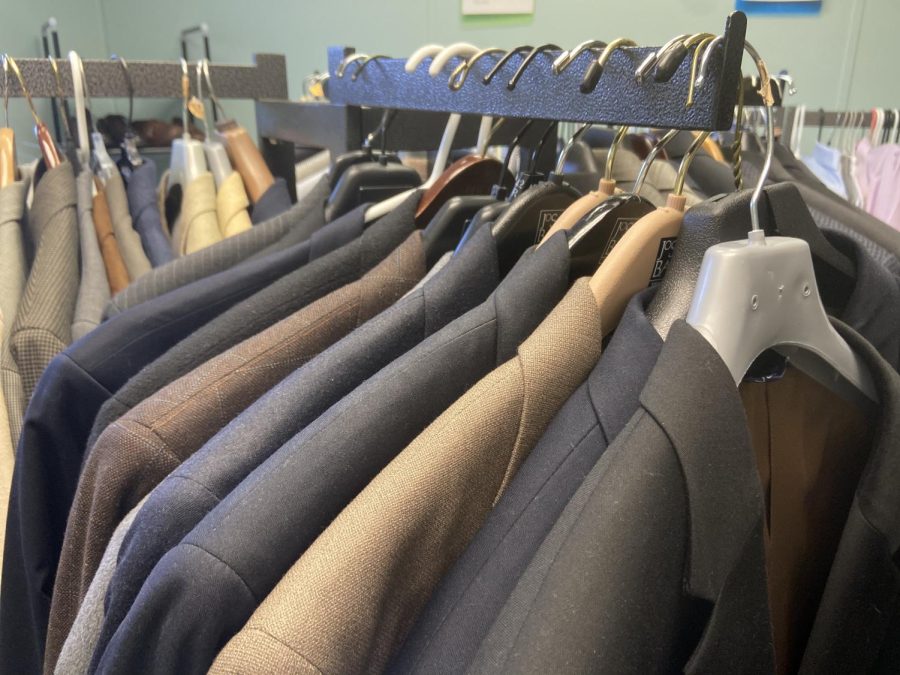
Florida Gulf Coast University faculty and students have a new learning mechanism that allows students to watch class lectures outside of the classroom. The new program, Lecture Capture, first caught the attention of Patricia O’Connor-Benson, director of academic and event technology services, two to three years ago.
“We have been keeping tabs on what the industry, higher education, is doing lately, and a lot of Lecture Capture is out there,” O’Connor- Benson said.
As a result, O’Connor-Benson, C. J. McFarlane, academic technology specialist, and John Wilson, manager of academic and event technology services, put their heads together to come up with a way to bring Lecture Capture to FGCU on a smaller and cheaper scale.
An array microphone, a webcam and Adobe Connect software were installed in four classrooms on campus. The software allows Powerpoint presentations and the document camera to be used in the lecture and recorded as well as on the whiteboard.
The technology was installed in Merwin Hall 115 and 205 and Holmes Hall 147 and 330. Three professors volunteered in a pilot program to provide the department with feedback to work out the kinks in the program.
“It is always a learning process, especially since we did look at third-party software,” McFarlane said. “We built something basically from the ground up looking at what other universities have done, looking at what third- party does and looking at what we can afford. It has been a learning experience. I spent a lot of time in those classrooms seeing how we can make it better.”
In the beginning, there were mainly small problems with the audio of the program. For example, if a student asked a question, the video microphone wouldn’t pick it up. But, between the three professors, there have been 17,020 views of the videos by students.
Claude Villiers, associate professor of the department of environmental and civil engineering, is one of the teachers participating in the pilot program. The program has helped him with his own organization of the class and helps his students come prepared for class.
“It is always a learning process, especially since we did look at third-party software,” McFarlane said. “We built something basically from the ground up looking at what other universities have done, looking at what third- party does and looking at what we can afford. It has been a learning experience. I spent a lot of time in those classrooms seeing how we can make it better.”
In the beginning, there were mainly small problems with the audio of the program. For example, if a student asked a question, the video microphone wouldn’t pick it up. But, between the three professors, there have been 17,020 views of the videos by students.
Claude Villiers, associate professor of the department of environmental and civil engineering, is one of the teachers participating in the pilot program. The program has helped him with his own organization of the class and helps his students come prepared for class.
“When looking at the new generation these days, the way to provide information to students is to have access to the information after class,” Villiers said. “I am one of the faculty, believe it or not, that would be resistant to go that route but when I look at the bottom line, it is student learning. If that is the way I can deliver the material to them, in a way for them to learn, why not?”
Teachers who participate in the program need a little bit of training on how to use the program in the classroom. Once a lecture is recorded, the professors send the students a link through canvas where they can access the lecture.
“On the students’ side, I see tremendous help,” Villiers said. “Many of them have been using it very effectively. They come, they watch, they look and they come prepared. They know the information is there and when it comes to the test they can go back to the material and refresh themselves. I think it is very beneficial that they have this method as well.”
Teachers who participate in the program need a little bit of training on how to use the program in the classroom. Once a lecture is recorded, the professors send the students a link through canvas where they can access the lecture.
“On the students’ side, I see tremendous help,” Villiers said. “Many of them have been using it very effectively. They come, they watch, they look and they come prepared. They know the information is there and when it comes to the test they can go back to the material and refresh themselves. I think it is very beneficial that they have this method as well.”
Despite all of the positive feedback for the program, there are still some kinks that need to be worked out. Zack Errington, one of Villiers’ students, tried using the videos but had trouble.
“It is really hard to skip through the video,” Errington said. “You have to watch the whole thing unless you can remember the exact part to skip to.”
Another concern that comes with the program is whether or not students will start relying on the recorded lectures rather than going to class.
“There is no replacement for being able to ask a professor a question,” McFarlane said. “There is no replacement for a real human being.”
In the future, O’Connor-Benson hopes to expand the program to more classrooms and to get more funding to do so. The next step is to take the program to the faculty senate technology team and show them how the program is helping students and professors.
“It is going to enrich student learning more than anything else and also the faculty experience in teaching,” O’Connor-Benson said. “It really does nothing but expand the knowledge base. It only helps student learning increase, which is one of the missions of the university.”
“It is really hard to skip through the video,” Errington said. “You have to watch the whole thing unless you can remember the exact part to skip to.”
Another concern that comes with the program is whether or not students will start relying on the recorded lectures rather than going to class.
“There is no replacement for being able to ask a professor a question,” McFarlane said. “There is no replacement for a real human being.”
In the future, O’Connor-Benson hopes to expand the program to more classrooms and to get more funding to do so. The next step is to take the program to the faculty senate technology team and show them how the program is helping students and professors.
“It is going to enrich student learning more than anything else and also the faculty experience in teaching,” O’Connor-Benson said. “It really does nothing but expand the knowledge base. It only helps student learning increase, which is one of the missions of the university.”
Story continues below advertisement

